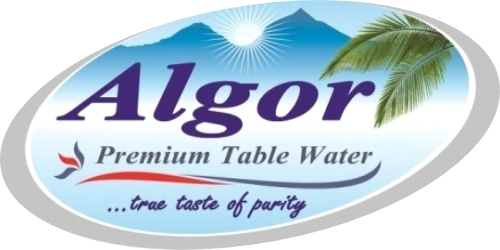Water is the essence of life. It’s not only essential for human survival but also for maintaining ecosystems and supporting industries around the globe. As the demand for bottled water continues to rise, consumers and companies alike must understand why water quality is crucial. This post will explore the various dimensions of water quality and its importance for health, the environment, and the water bottling industry.
What Defines Water Quality?
Water quality refers to water’s chemical, physical, and biological characteristics, usually in relation to its suitability for a particular purpose, such as drinking, bathing, or irrigation. High-quality water is free from contaminants, pollutants, and harmful substances, making it safe for human consumption and use.
Key factors determine water quality:
- pH Level: Ideally, drinking water should have a neutral pH level (around 7), ensuring that’s neither too acidic nor too alkaline.
- TDS (Total Dissolved Solids): TDS measures the combined content of all organic and inorganic substances in water. Higher levels of TDS can affect the taste and safety of the water.
- Microbial Contaminants: Pathogens like bacteria, viruses, and parasites pose serious health risks when present in water.
- Chemical Contaminants: Harmful chemicals like lead, arsenic, and pesticides can leach into water from various sources and impact its quality.
- Turbidity: This measures water clarity. High turbidity can indicate the presence of particles that harbour harmful microorganisms.
Health Implications of Poor Water Quality
It’s important to emphasize that the health consequences of poor water quality are not limited to immediate illness. Here are other health implications of poor water quality:
- Waterborne Diseases: Contaminated water can transmit diseases like cholera, dysentery, typhoid, and hepatitis A. Globally, millions of people suffer from waterborne illnesses, especially in regions with inadequate access to clean water and sanitation facilities.
- Chemical Contamination and Long-Term Health Effects: Long-term exposure to chemicals like lead or nitrate in drinking water can lead to chronic health conditions. For instance, lead exposure is linked to developmental issues in children, while nitrates in drinking water can cause a potentially fatal condition known as blue baby syndrome.
- Impact on Immunocompromised Individuals: For people with weakened immune systems, such as the elderly, pregnant women, and those with chronic illnesses, even minor water contamination can cause serious health problems. Ensuring high water quality is crucial for these vulnerable populations.
Water Quality in the Bottled Water Industry
In the bottled water industry, maintaining exceptional water quality is paramount. Consumers trust that bottled water offers a pure, safe, and reliable alternative to tap water. For brands in the water bottling sector, water quality is not just a legal requirement but also a matter of brand integrity and customer trust.
Quality Control and Compliance:
Water bottling companies must adhere to stringent water quality standards set by regulatory bodies like the World Health Organization (WHO), Environmental Protection Agency (EPA), and Food and Drug Administration (FDA). Regular testing for contaminants and strict filtration processes are crucial for meeting these guidelines.
Filtration and Treatment rocesses:
Modern water bottling facilities use advanced purification technologies, such as reverse osmosis, ultraviolet (UV) light treatment, and activated carbon filtration, to remove contaminants. These processes ensure that the final product is free from impurities and meets or exceeds water quality standards.
Sourcing and Sustainability:
Many premium bottled water brands emphasize the natural purity of their water sources, such as springs or glaciers. Ensuring that these sources remain uncontaminated and sustainable over time is critical for the long-term success of the water bottling industry.
Packaging and Safety:
While water quality is the main concern, packaging also plays a significant role in maintaining that quality. Poorly designed bottles can leach harmful chemicals into the water, especially when exposed to high temperatures. To prevent this, manufacturers must use food-grade, BPA-free materials and implement rigorous testing throughout the packaging process.
Consumer Awareness: Why It Matters
As more consumers become health-conscious, the demand for transparency in water quality is increasing. People want to know where their water comes from, how it’s processed, and what measures are in place to ensure its safety. By educating the public about the importance of water quality, the industry can not only gain trust but also encourage responsible water use and conservation.
Trust and Branding:
Brands that prioritize water quality build long-term customer loyalty. By providing detailed information about water sources, purification processes, and regular testing, companies can differentiate themselves in a crowded market.
Health-First Approach:
Consumers today are more likely to choose bottled water brands that emphasize health and safety. Companies that consistently deliver on these promises create a strong connection with their audience and foster a sense of reliability.
Conclusion
Water quality is not just an issue for governments or the bottled water industry; it is a shared responsibility that affects everyone. Clean, safe water is essential for health, the environment, and the future of the planet. In the water bottling industry, upholding the highest standards of water quality is not only a business imperative but also a commitment to the well-being of consumers and the ecosystems that support life. By ensuring stringent quality control, promoting sustainability, and educating consumers, the bottled water industry can play a leading role in protecting this vital resource for future generations.


